The Cross-Linking Theory
The cross-linking theory is a neurological concept that posits that humans have strong interconnectedness across neural pathways, and these interconnections are responsible for the interoperability of various elements of the mind. Over time, this interconnections among the different parts and functions of the brain have strengthened, creating a cohesive whole that is able to successfully perform complex tasks. The cross-linking theory has a number of implications for psychology and neurology. First, it suggests that the brain is a highly malleable system, constantly rewiring and adapting itself based on experience and input. This means that any form of cognitive development or training can be incorporated into the brain's structure, strengthening existing neural connections and creating new ones. Secondly, it suggests that distinct areas or functions of the brain are actually very interconnected, forming a larger network that allows for synergy between various functions. The cross-linking theory has several practical applications. For example, it has been used to explain the effectiveness of various forms of memory training, as well as the phenomenon of multiple memories being integrated into a single memory structure. Additionally, it has been used to explain the flexibility of the brain in terms of acquisition and recovery of information. The theory has also been applied to the effect of traumatic or other life-altering experiences, suggesting that the connections formed during adverse events can linger or even develop abnormally. Ultimately, the cross-linking theory shows that humans have a remarkable adaptability when it comes to their neurology, allowing for flexible and effective cognitive processing. The concept of strong and malleableness between the various parts of the brain has important implications for both the field of neurology and psychology. With further research, the theory could potentially lend insight into the workings of the human mind, leading to more comprehensive understanding and treatments of neurological disorders.

Ken Ware
NeuroPhysics Therapy Institute, Australia
Robert B Slocum
University of Kentucky HealthCare, United States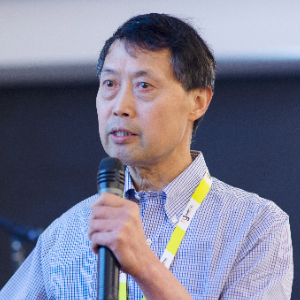
Yong Xiao Wang
Albany Medical College, United States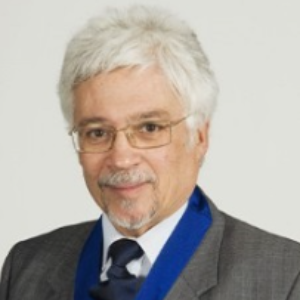
W S El Masri
Keele University, United Kingdom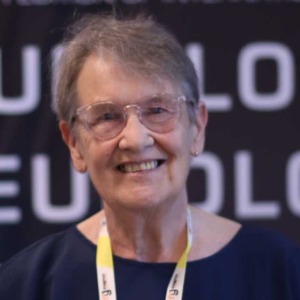
Jaqueline Tuppen
COGS Club, United Kingdom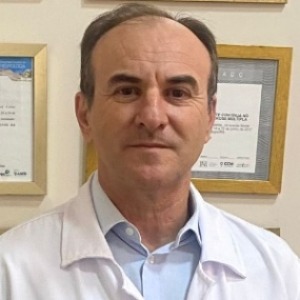
Milton Cesar Rodrigues Medeiros
Hospital Santa Casa de Arapongas, Brazil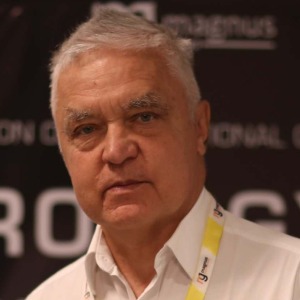




Title : Perception and individuality in patient cases identifying the ongoing evolution of Myalgic Encephalomyelitis/Chronic Fatigue Syndrome (ME/CFS)
Ken Ware, NeuroPhysics Therapy Institute, Australia
Title : Narrative medicine: A communication therapy for the communication disorder of Functional Seizures (FS) [also known as Psychogenic Non-Epileptic Seizures (PNES)]
Robert B Slocum, University of Kentucky HealthCare, United States
Title : Rabies: Challenges in taming the beast
Alan C Jackson, University of Calgary, Canada
Title : Neuro sensorium
Luiz Moutinho, University of Suffolk, United Kingdom
Title : Traumatic Spinal Cord Injuries (tSCI) - Are the radiologically based “advances” in the management of the injured spine evidence-based?
W S El Masri, Keele University, United Kingdom
Title : Personalized and Precision Medicine (PPM), as a unique healthcare model through biodesign-driven biotech and biopharma, translational applications, and neurology-related biomarketing to secure human healthcare and biosafety
Sergey Victorovich Suchkov, N.D. Zelinskii Institute for Organic Chemistry of the Russian Academy of Sciences, Russian Federation